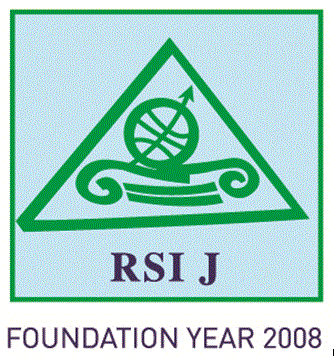Aysu UZSAYILIR
Dr., Department of Urban and Regional Planning, Istanbul Technical University
Orcid: 0000-0003-3920-4062
aysukara@itu.edu.tr
Tüzin BAYCAN
Professor, Department of Urban and Regional Planning, Istanbul Technical University
Orcid: 0000-0001-6073-1188
tbaycan@itu.edu.tr
Abstract
Deindustrialization is experienced in different forms and more deeply in developing countries where regional inequalities, an important component of deindustrialization, impose more structural and historical conditions than in developed countries. Deindustrialization has a deeper causality and impact especially in countries whose economies are based on agriculture and which begin to deindustrialize with global effect while their industrial development continues. The aim of this study is to investigate the regional nature of deindustrialization within the center-periphery relationship at the global and country level. Assuming that the international center-periphery relationship has similar characteristics on a national scale, in this study the regional character of deindustrialization at the level of sectoral specializations is investigated in Türkiye NUTS 2 regions by performing a long-term Location Quotient (LQ) analysis. The main results of the analysis demonstrate that: (i) while Türkiye is an agricultural society and its industrial development continues, it has entered the deindustrialization process with globalization effect; (ii) the pattern of deindustrialization can be exemplified by the regional cluster centered on Istanbul in the Northwest which shows high industrial specialization; (iii) agricultural production dominates throughout the country; and (iv) there is a tendency for industrial development to stagnate and for a direct transition from agriculture to services.
Keywords: Deindustrialization, Labor Market, Regional Specialization
JEL classification: J01, J08, J21, N90, O11, R12
pp. 33-42
